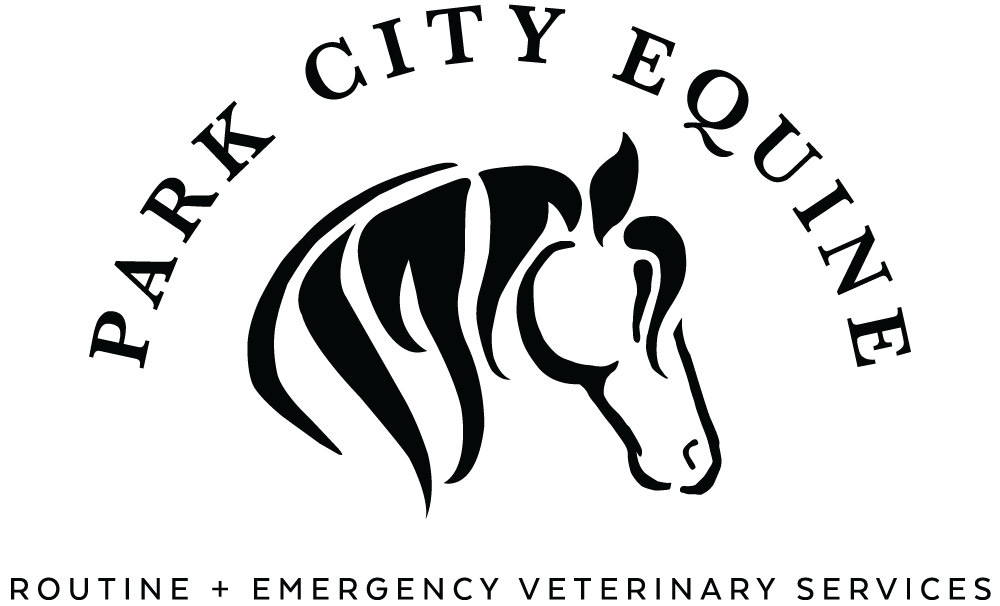Foaling Injuries and Complications
If your mare is about to give birth, chances are that the foal will emerge normally and in good health..However, just as human births can develop complications, equine births can present complications, and these complications may threaten the mother, the foal, or both. It helps to know what might happen and to be prepared for it by having veterinary assistance on hand.
Breech births occur when the foal is positioned abnormally in the womb, forcing it to emerge tail first instead of head first. This can create a variety of complications, including internal damage from the foal's misplaced hooves and uterine ruptures. In the course of a normal birth, the mother may retain some or all of the placenta, a situation that can lead to septicemia and other serious conditions. Even if it appears that the entire placenta has been expelled, you must make certain that no small parts of it have been retained.
Hemorrhaging is another possible complication of foaling. Some forms of hemorrhage confine themselves to intra-uterine or local bleeding, but an abdominal hemorrhage can cause lethal shock to the mare.
Several foaling complications involve surrounding systems such as the digestive tract. Colic, for instance, is a common after-effect due to twisting of the colon during the birth process. Additionally, foal with misplaced hooves may also cause damage to the rectum that requires veterinary treatment to repair.
Help for the Foal
Complications and injuries can also cause serious problems for the foal unless veterinary care is readily available. For instance, if the placenta detaches prematurely during foaling, a "red bag delivery" may develop and the foal may not receive adequate oxygen, causing brain damage or death. If the mother accidentally steps on a newborn foal's foot, the foal may need immediate treatment for a severe traumatic injury to the hoof capsule and other tissues. Foot fractures may also be evident. In some cases, a newborn foal receives lacerations or puncture wounds from nearby objects such as exposed wire, bits of glass or nails. Inspect the birthing site carefully to remove any such objects beforehand. If this sort of wound does occur, the foal will likely need antibiotics, bandaging, and in some cases, drainage of any infections that might develop.
Source:
Kane, Phd; Ed. “How to Handle Common Foaling Complications and Injuries.”

